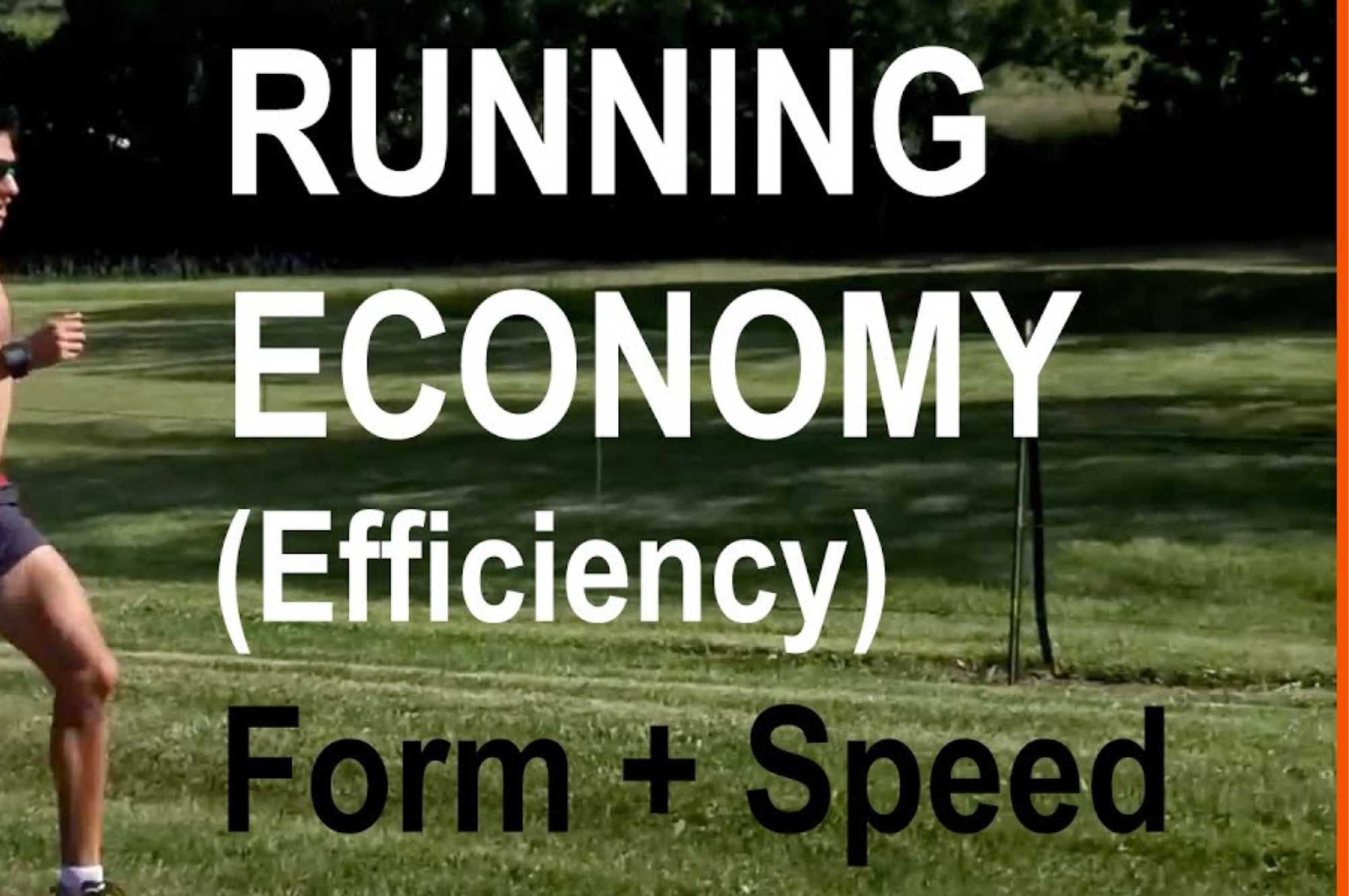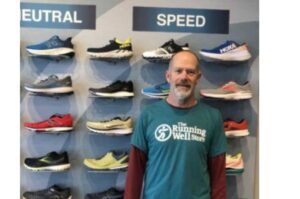
How to Run More Efficiently
Have you ever wondered why Olympic runners are so fast? What do they have that you don’t have? Well, one answer is better genes, and we can’t do anything about that. But, one thing we can do is get the most out of what we have, and that means being more efficient while running.
Efficiency is a measure of getting the most with using the least. Merriam Dictionary defines efficient as “capable of producing desired results with little or no waste.” This is important to runners, be they high school runners, or adults just starting out, or Olympic level competitors. Efficient runners enjoy the experience more because it is not a laborious process. The energy they are saving can be used to run longer, or finish stronger at the end of their run, or just be happier after running. But how do we get to be a more efficient runner? We are going to discuss two methods to achieve this.
Cadence or Stride Frequency??
Simply stated, cadence is how many steps you take in one minute. Jack Daniels (not that Jack Daniels, but the running coach) has studied this and it seems most Olympic level distance runners run at a cadence of around 180. Meaning that in one minute, they take 180 steps. This is true from the 800 on up including the Marathon.
If you have a running app on your watch or phone, it will probably keep track of this for you. We sell the Garmin watches at our store and once you upload your run to the GarminIQ app, you can check the results there. If you do not have this option available to you, try this: Using a watch or stopwatch, count the number of steps you take with one foot for 30 seconds. You want to aim for around 45 steps. If you double that (to get to 1 minute), then double it again (for both feet), you will get to the number of steps per minute. Don’t panic if you are not at 180. The goal is to get close to 180. I, myself, am at around 165-170 using my Garmin. So, I am still working on improving this. Another way is to set a metronome to 180 (or 90) and use that to keep track. There are apps out there for this, but, in my opinion, the beeping gets annoying.
If you are still wondering how to get there, here are some tips:
Take short, quick steps, spending very little time on the ground. Here are some ways to think about this:
Run like a ninja, i.e., silently. Sound is a form of energy, and in running, it is wasted energy.
Run as if the ground was on fire
Run as if running on eggs and you don’t want to break them
Another thing you can do is look for a minimal shoe or a shoe with a lower drop, meaning a lower heel. At the Running Well Store, we can help with this since we are experts in knowing our shoes. A shoe with a lower drop will typically be 0 to 4 mm in height. A shoe with a higher heel, or drop, is usually 10 to 12 mm in height. A higher heel actually encourages a longer stride, usually resulting in heel striking, which lowers your cadence, and is less efficient.
Posture:
This is a much trickier issue to discuss than it may appear. I would estimate that this is the one issue most new runner (and many experienced runners) need to work on.
We have probably all heard that when you run, you need a slight forward lean. This issue is that most people lean forward at their waist, not from where they should. The forward lean should come from your ankles. You should be able to draw a straight line from your ankle, through your knee, hip, shoulder, and head when your foot is flat on the ground during your run cycle. A lot of runner’s line would make a drastic forward turn once that line reaches their waist. The best way to check this is to have someway take a video on their phone while you are running either on the road or track, or while on a treadmill.
One way to demonstrate how this effects your running form is to stand erect and raise your knee up as high as you can. Then lean forward from your waist, even a little bit, and raise your knee again. You will not be able to lift nearly as high. Stand sideways in a full-length mirror if you need to check this yourself.
This has mostly to do with pelvic tilt. Your pelvis should be tilted back. Try this: stand relaxed and then contract your core muscles. You should feel your pelvis tilt back. This is the position you want your pelvis in when you run (or walk, for that matter).
The best tips for this are as follows:
Lead with your bellybutton. What this means is to pretend your bellybutton is pulling you forward, or your bellybutton is ahead of the rest of your body. Of course, it is not, but use your imagination.
Shoulders back. Mom may have been correct when she told you this about your posture.
Alright, this might be a bit graphic, but squeeze your butt. Not with your hands, but by contracting your gluts. This puts your pelvis in the correct position. Pretend you are trying to hold in a fart or trying not to poop. Both not very desirable while running, especially with others!
Alright, time to give these tips a try. I hope you find one thing that helps and you can build from there. Good luck and run more…efficiently!!

Scott Conner is a retired teacher/coach with over 25 years experience coaching high school track and field and cross country. He has been in the running specialty retail business for over a decade helping all types of runners become the best they want to be. Scott is a huge fan of running (obviously), track and cross country, disc golf and classic rock! Scott has been working at TRWS in Mission, KS.
About TRWS
The Running Well Store is the premier running specialty store in Kansas City/Lee’s Summit, Missouri and Mission, Kansas! We are a locally owned business that has been in operation since 2006. You can shop in store or online. Our tagline is THE PLACE FOR EVERY PACE as we want all walkers, runners, newbies, veterans, and people who work on their feet all day to feel welcome. We know that there are a lot of options for footwear on the market and deciding what model is the right one for your needs is not easy. We are here for you! You can come into one of our three locations (Lee’s Summit, Northland, and Mission, KS) for a free stride analysis. No appointment necessary, but if you would like to schedule an appointment, click here. We take in-person and virtual fittings. Want to do research online? We have a find my fit tool that will help narrow down footwear options. We hope to hear from you soon!

